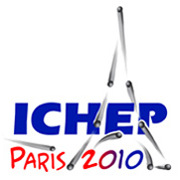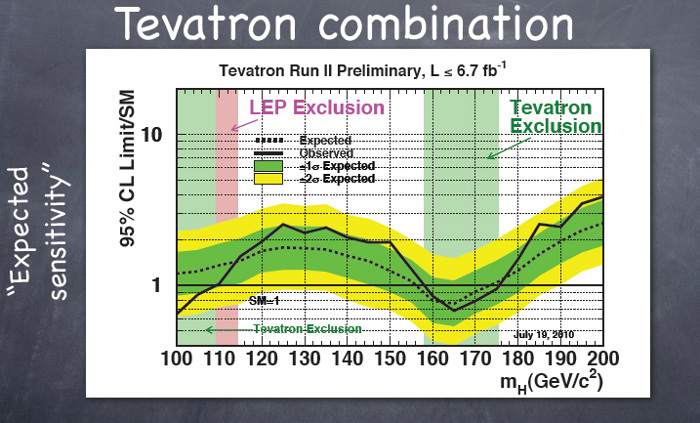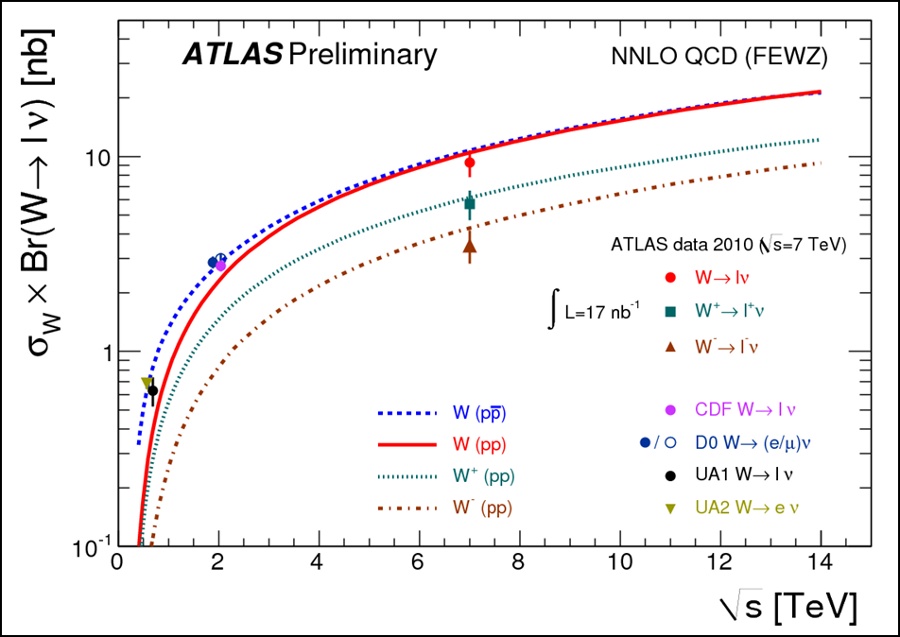Director's Corner
12 August 2010
 Barry Barish |
ICHEP opens the LHC era
The 35th International Conference on High Energy Physics (ICHEP10) held in Paris provided a first glimpse at results from the Large Hadron Collider. The very good control over machine commissioning and the speed at which so many LHC results were produced portends very well for the future. The ICHEP conference broadly covered the field of high-energy physics from new limits on the search for the Higgs from the Tevatron to reviews of future technology and projects. Many other events surrounded the scientific programme, including an opening speech by Nicolas Sarkozy, President of the French Republic, and a special "night of particles."
The ICHEP series of conferences are held biannually and are the largest conferences in our field. They began as a series of much smaller international conferences called the "Rochester Conferences," because the first seven conferences beginning in 1950 were held in Rochester, New York. They were organised by Robert Marshak. In 1958 the conference was held outside of Rochester for the first time (in Geneva, Swtzerland), the next year in Kiev, then Soviet Union. Since that time it has evolved into the major particle physics conference, and moving around the world it had reached Paris in a previous meeting in 1982. The format of ICHEP this year and in the past has been to first have several days of extensive parallel sessions covering all aspects of particle physics, followed by several days of plenary talks.
A highlight of the ICHEP conference was a new result on the Higgs search from Fermilab's Tevatron presented by Ben Kilminster, using a combined D0 and CDF analysis. The new result excludes a Higgs between 158–175 GeV/c2, eliminating about 25 percent of the favoured region from analysis of LEP and other results. This important new result highlights the continuing contribution of the Tevatron experiments and, in fact, there is now a major push to extend the Tevatron run to 2013-2014 in order to exploit the potential before the LHC achieves design energy and luminosity. However, with fixed U.S. Department of Energy budgets for high-energy physics, the proposal to extend Tevatron running will have to be considered in light of its impact on other projects.
Guido Tonelli of CERN/INFN & University of Pisa and spokesman of the CMS experiment gave a plenary talk on the first LHC results from CMS. He reported on the first 300 nb-1 collected in CMS, much of it just prior to the ICHEP meeting. Tonelli showed many distributions that demonstrate how well the detector is working, as well as the advanced state of the analysis. Most of the data analysis, at this point, serves to check the detector performance by analysing known physics, observing signals from known states, etc. Tonelli showed one good candidate for μμ + jets that have been preliminarily analysed to be in the mass range 160-220 GeV/c2, consistent with the mass of the top quark and in a region where little background is expected.
Fabiola Gianotti (CERN, spokeswoman of the ATLAS experiment) presented a similarly impressive set of first results from the LHC's ATLAS experiment. The ATLAS detector and data analysis are also performing very well and Gianotti showed early analysis of data covering a wide range of topics, including soft physics, jets, J/Ψ and di-muon resonances, W/Z, top quark candidates and the first searches for new physics. These analyses provide a broad set of checks on the ATLAS detector performance, as well as some new measurements. For example, for W and Z production, she presented cross sections at 7 TeV and using pp collisions for the first time.
 In addition to ICHEP, on our free day I saw the conclusion of this year's Tour de France along the Champs Elysees (my photo) In addition to ICHEP, on our free day I saw the conclusion of this year's Tour de France along the Champs Elysees (my photo) |
ATLAS and CMS are already entering a stage where new effects could soon begin to emerge and both experiments are clearly well positioned to exploit and open up the new energy frontier. The next couple of years will be very interesting, and then following a scheduled long shutdown to upgrade the LHC to full energy and increased luminosity, the full physics potential of the new terascale energy frontier will begin to be realised.
-- Barry Barish



